Why should you consider gentrification when buying a home?
Top blog articles
When buying a new house, homebuyers often search for real estate in the best neighborhoods they can afford. This is where the idea of gentrification — rapid changes in neighborhoods through the influx of more affluent residents — comes in. If you too are wondering, “Should I need to consider gentrification when buying a home” this blog is for you.
You’ll be able to understand how neighborhoods go through growth, decline, decay, or rebirth. And, this will help in your home buying process.
What is gentrification?

Neighborhood gentrification is how a low-value area turns into a high-value one over a period of time. Generally, the transformation begins when certain people from the urban middle class move into neighborhoods near city centers, and encourage other homeowners to do the same. Very soon, these convenient, affordable housing turn into highly-priced, desirous properties.
Why does gentrification happen?
The gentrification of an area begins when somehow, at some point, someone with good spending power invests in such properties and fixes them up so that more and more people gravitate toward them. As a result, the average income of the neighborhood increases. Simply put, gentrification eventually attracts affluent buyers and makes the area almost out-of-reach for the lower-income buyers.
This is a vicious cycle whereby even the city governance starts to devote more resources to the area. The real estate developers buy as much land as they can before their values increase greatly.
While these events spur development and the property values increase, the property taxes (and home insurance rates) increase too. The advantage though is that these funds are allocated towards street repairs, schools, community parks, utilities, and other neighborhood improvements.
What is reverse gentrification?
Reverse gentrification is the process through which real estate becomes less valuable and, therefore, less desirable. As a result, the middle- and upper-income residents move out and the lower-income residents move in.
What’s more, the neighborhood witnesses a decline as the poorer people let their homes fall into decay, because they cannot afford the hefty home maintenance budget.
Another case scenario for the birth of gentrification is when a major employer in the area relocates — making the area less desirable for new inhabitants.
Yet another reason is if the area has a lot of aging population. The senior citizens, more often than not, allow their home maintenance and home repairs to slip. And very soon, most of the houses in the area become poor in shape. Neighborhood values begin to slump — discouraging prospective home buyers.
Does gentrification increase property value?
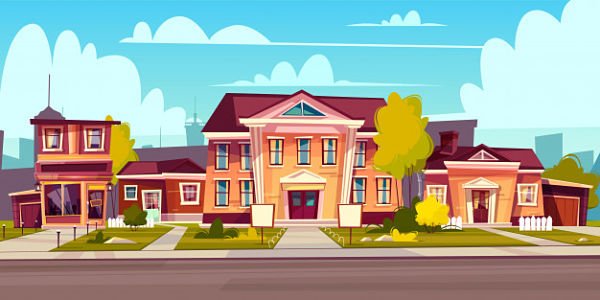
Yes. With gentrification, you see an increase in the assessed value of your property or properties. Real estate agents use a real estate appraisal or assessment method called the comparable sales method or the market approach method.
They compare a property to a similar property, with the same square footage, that’s been recently sold in the same area. That way, they arrive at an estimate of its market value. For most apartments and condos, they gauge the value based on their potential income from renters.
Read more: What is the assessed value of a home
What are the negative impacts of gentrification?
With the growth of unbridled gentrification, the businesses that cater to the middle and high markets start to appear — ousting out the local small businesses.
The worst impacts of gentrification are forced displacements, discriminatory behavior of people in power, and exclusion of low-income individuals and people of color.
The devaluing of lower-class neighborhoods scars people’s minds — robbing a neighborhood of its unique soul, pushing out an existing cultural or racial group.
Read more: Condemnation real estate
How does gentrification affect homeowners?
While gentrification directly displaces renters, homeowners generally do not face a heightened displacement risk in gentrifying areas. According to experts, displacement rates of homeowners in such areas are generally unaffected due to state laws that limit property tax increases.
Why is the Kukun iHomeReport the best CarFax for homes? Let’s find out!
Buying in a gentrifying area?
Gentrification is a mixed bag for homebuyers. There are some benefits to the individual homeowner who’s buying a house in an up-and-coming locality. An advantage is that a home that has been substantially remodeled will experience an upswing in value.
However, the downside is that if you need a home improvement loan to fix up your new home in an up-and-coming neighborhood, it can be a little tricky in the eyes of the loan lenders. For that reason, an FHA 203 (k) loan is a better financing option for a property that needs significant work.
You also need to consider the high tax and insurance ramifications associated with gentrifying areas.
Read more: Most difficult steps of buying a home
What is the alternative to gentrification?
As the value of gentrifying areas increases, more and more higher-income earners come into the neighborhood — creating an unhealthy social divide. The only thing that can off-set gentrification is the process of filtering. That’s when the governing authorities allow redevelopment to support a balanced growth against the urban sprawl.
Redevelopment also ensures that the local economy and public realm improvements are supported. This kind of filtering helps to minimize any long-term impact on the community and preserves the character of the neighborhood.
Read more: How do I know the zoning of my property?
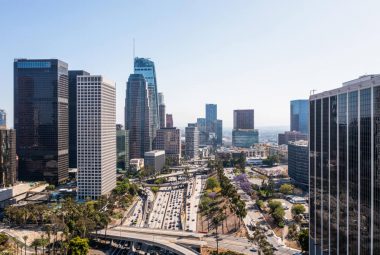
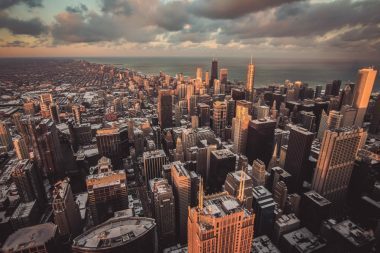
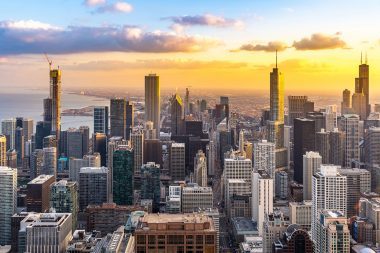

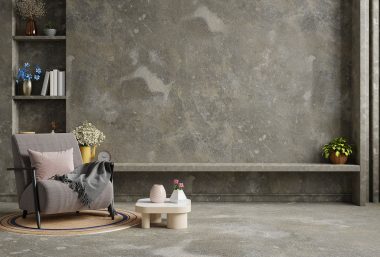



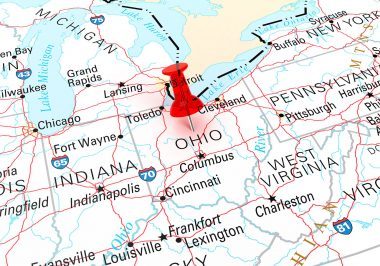
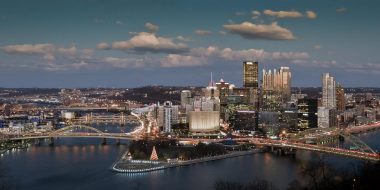
Your opinion matters, leave a comment